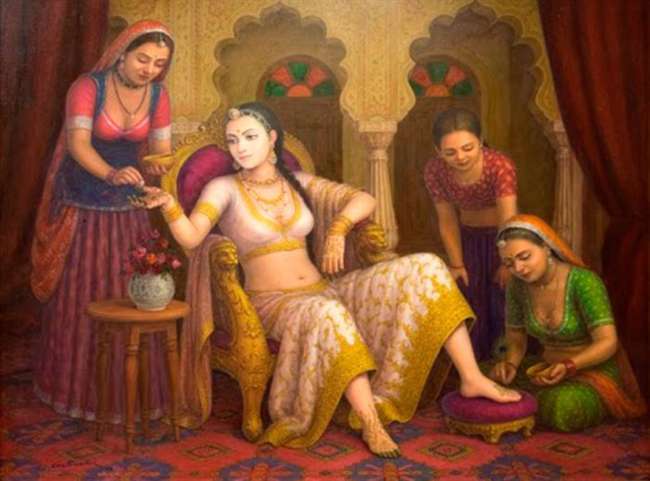In a country as diverse as India, the topic of sex remains a delicate and complex subject. With deep-rooted cultural norms and traditions, exploring and understanding the nuances of intimacy can be a fascinating journey. From tantra practices to the Kamasutra, India has a rich history of embracing sensuality. However, societal taboos and conservative mindsets still prevail, creating a dichotomy between the private and public spheres.
While the rest of the world was pumping away to glory like animals, we discovered the joys of sex and a gentleman called Vātsyāyana wrote a complete treatise on the science of sex. We later elevated this man to the status of a sage and Rishi Vātsyāyana went into great details on sexual pleasure, desire, love and the pleasures of good living. The text describes in detail on the positions of sexual intercourse and focuses on a man of leisure, the women in his life and their social and physical encounters. The work is a part of a tradition of eroticism in Indian literature. Ancient Indians took a healthy and integrated view of all aspects of life and gave sex its due importance. The pursuit of pleasure was considered an important aspect of daily life. Maithuna or the sexual act was believed to be as natural as any other body function and hence no taboos or inhibitions were attached to it. The hymn of creation in the Rigveda which is dated around 900 BC, describes sexual desire as one of the basics of human existence.
The Kamasutra was written during a time when the pursuit of pleasure and the exploration of human desire were seen as an integral part of a well-rounded life. It was a period when people sought to understand the complexities of love and intimacy and the Kamasutra provided a guide for navigating these realms. The sage takes a holistic approach to love making and enhancing emotional bonds and understanding of love, relationships and human connections. At its core, the Kamasutra seeks to provide guidance on how to lead a virtuous and fulfilling life. It emphasises the importance of a balance and harmony in relationships, recognising that love and desire are natural aspects of human existence. The text explores a different aspect of love from passionate and erotic to compassionate and selfless.
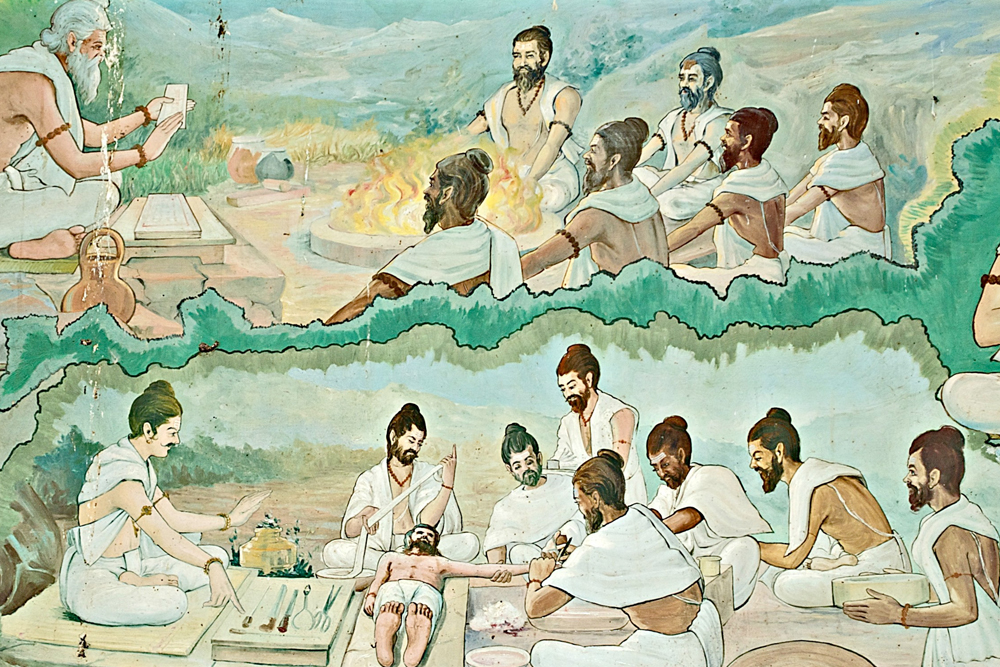
Image courtesy: mythoworld.com
The Kamasutra has had a profound influence on Indian art and literature throughout history. One of the key teachings of the Kamasutra’s is the concept of “Kama” (desire), which is so extensive in theory and broad in practice, that a very thin line divides the erotic from the esoteric. This 4th century text became the mother of all subsequent erotic texts – The Ananga Ranga of Kalayana Malla and Rati Rahasya of Pandit Koka. We must acknowledge that as a civilisation we were intellectually far superior to any other civilisation of that time. Not only did we understand sex and the intricacies of human desires, we provided a guide to love, relationships and the art of living a fulfilling life. Delve into the pages of the Kamasutra and uncover the ancient wisdom that has enriched the lives of countless individuals throughout history. Immerse yourself in a world where passion meets spirituality and discover how this revered text continues to shape our understanding of love, relationships and the human connections. The Kamasutra remains an important cultural artifact that offers valuable insights into the historical context of Indian civilization. The Kamasutra will remain relevant till the end of time (Human race).
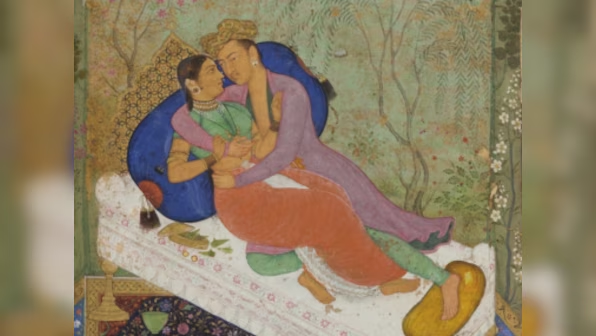
Image Courtesy: Ananga Ranga of Kalayana malla (firstpost.com)
Ancient India was never shy or in denial of sex, look at the paintings of the Ajanta Caves, the sensuous women, the temples of Khajuraho and Konark showcasing the Kamasutra’s impact on artistic representation of sex, love and desire. Indian society has significantly evolved since the time of Kamasutra and suddenly in the last hundred years we took a complete “U” turn to sex and became a very prudish society. Any mention of the word sex, Boyfriend, Girlfriend was a taboo. Women were subject to unending restrictions in their daily life. Every society, religion had customs and traditions and a complex tapestry of beliefs, deeply conservative values, right from menstruation to marriage to child birth to widowhood and to death, strict rules were laid down that could not be transgressed. Marriages and the emphasis on family honour created a framework that regulated sexual behavior. Over time societal norms became more restrictive, influenced by factors such as colonisation and the impositions of the Victorian values, sexuality became a hushed topic related to the realm of secrecy and shame.
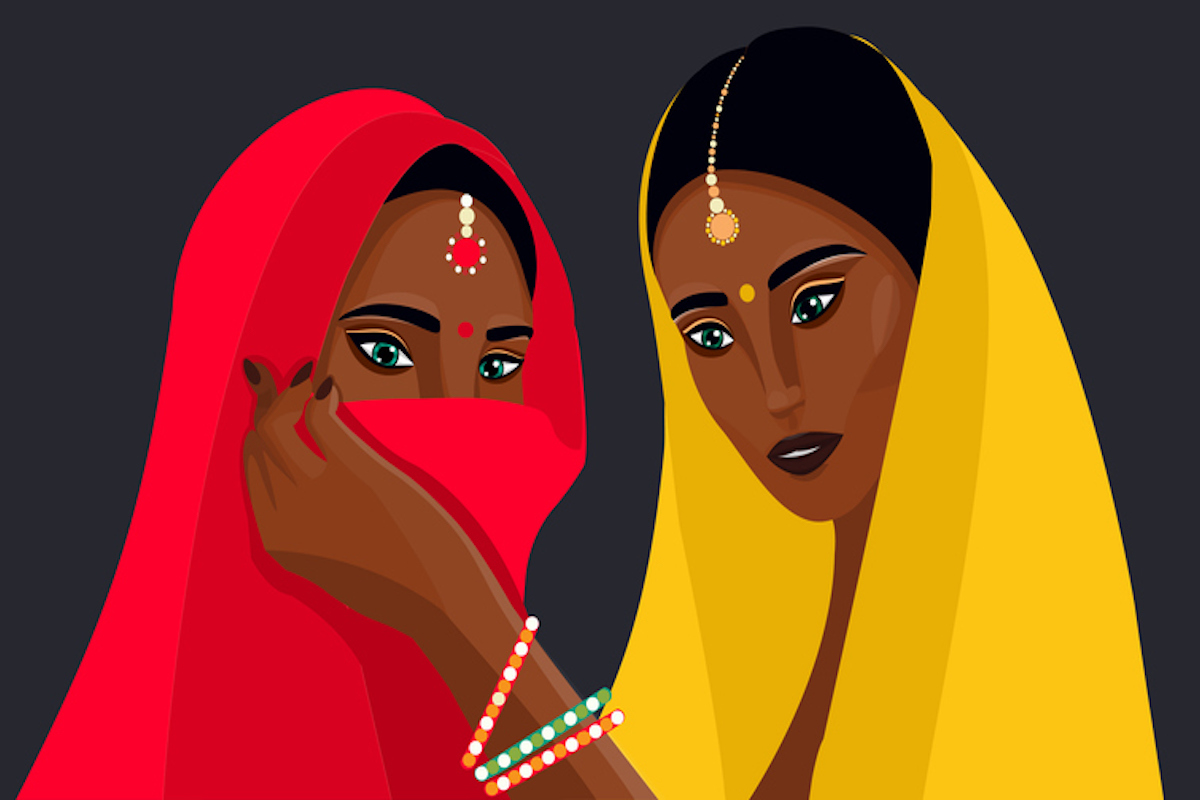
Hindi cinema has played an important role in shaping opinions, beliefs and our attitude towards sex. Women have been depicted as near sex objects serving as eye candy for the male gaze. From item numbers to suggestive scenes Bollywood has a history of resorting to such tactics to pique the audience interest. This conveys that the woman’s worth is solely based on their sex appeal. Women have always been shown as submissive, sacrificing and subservient to the male and this is how society saw women. Even parents expected their daughters to conform to a certain norm of restraint whereas their sons could be free. A man could have more than one wife, the king could have many wives who were supposed to give him sexual pleasure. Raja Dashrath (Father of Lord Rama) had three wives and sons and daughters through all the three wives. In the Indian context sexual pleasure was meant for men and the woman’s sole role was to fulfill this need. However, this has now slowly changed and women actresses now demand more diverse and empowering representation of women in Bollywood.
Now come to the present-day Hindi Cinema which has songs, dances that depict sex and say it in so many words. The word MILAN – Tere mere milan ki ye raina – the night when we will have sex. Ruth hai Milan ki or Bheege hoth teren – pyasa dil mera isn’t it obvious what the guy is meaning. It couldn’t get clearer with Roop tera mastana or Aaj ki raat ek aisi raat ke humko neend nahi aati. The song – Aa sajan mohe ang lagalo, even Choli ke peeche kya hai – doesn’t leave anything in doubt. Translate that to “what’s behind the blouse”. It’s very clear what the song means! Karishma Kapoor’s – Sexy Sexy Sexy mujhe log bole, Hi Sexy, Hello Sexy … etc. From suggestive lyrics of the song to the awkward glances of the characters, Bollywood has perfected the art of teasing the audience without fully committing to the act itself. Now, what part of this don’t you understand?

The over-the-top dance numbers and the occasional steamy scenes can find Indian audiences in the state of excitement, bewilderment and even amusement. Bollywood approach to sex is to use innuendos and double entendres. There was a movie which was in the pits, the title was “Andheri raat me Diya tere haath me” and the censors passed it because Dada Kondake, the producer said it meant a lamp in your hand in the dark night. But Bollywood also has over the years changed India’s attitude towards sex and not just Bollywood but also the OTT plate forms, Netflix etc. The use of foul language and open talk about sex. There has been a gradual awakening on women’s rights, the LGBTQ+ movement and the influence of globalisation has brought about a change leading to a more open and progressive mindset.
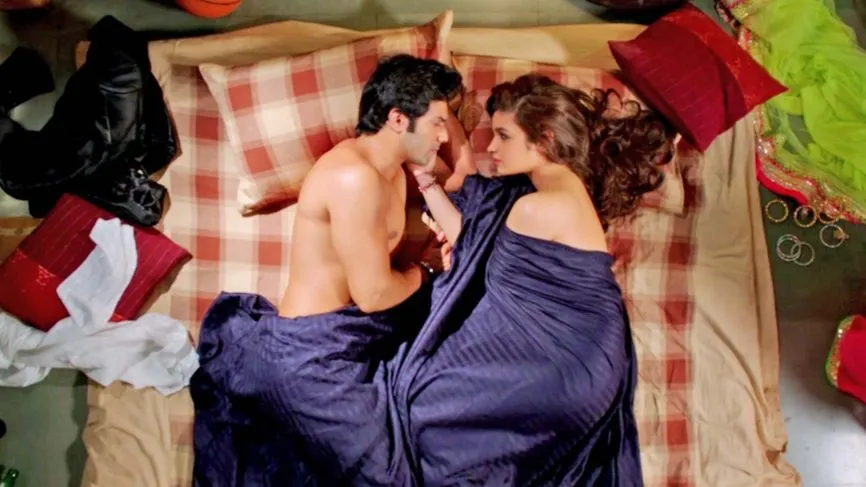
Caption: Humpty Sharma Ki Dulhania
There has been in recent years a shift in the way women are portrayed in Hindi Cinema, audiences and filmmakers are becoming aware of the harmful effects of objectification of women and there is a trend towards being realistic and giving women stronger roles with complex personalities that go beyond their physical appearances. Actresses are looking for scripts that challenge stereotypes and showcase their talent and versatility. Slowly but surely there is a shift in the thinking of Bollywood producers, paving the way for a more inclusive and diverse storytelling. At the bottom end is the Bhojpuri Cinema where in the song the couples go through all the actions of love making, the songs are as raunchy as they can get and the audience just love this. What is worst is that, the husband’s younger brother seems to openly have the hots for his Bhabhi and the audience roars in approval. I wonder how the elder brother feels about it.
Badi Chatur Bhaujai re
Man lago Devar se…..
Dhire Dhire Khatiya Khiskar
More Devra, uth jayega tera Bhai re….
This is the song that is commonly sung at weddings.
The availability of net-porn is yet another aspect that has opened up a complex and controversial debate in society. The internet’s pervasive reach has made explicit content accessible to a vast audience, raising concerns about its impact on individuals and communities. On one hand, proponents argue for freedom of expression and personal choice, emphasizing the consensual nature of adult entertainment. On the other hand is an older society arguing for restraint. However, What’s App has clearly broken all sexual taboos. Women enjoy a good laugh and the cheesy comments. In the last ten years, this has been a major change in sexual attitudes. Not just in urban India but also small-town India. Husbands and wives now openly talk about sex and enjoy a good cheesy (dirty) joke. Men share what’s-apps and jokes with each other, women also do the same, and Chachi who otherwise seemed very stern also enjoys a good chuckle.

Caption: One Night Stand ( GQ India)
India’s attitude towards sex is in a state of flux with growing acknowledgement for the need for openness, the society is slowly shedding its conservative, veneer and adopting a more inclusive and progressive mindset. The concept of an arranged marriage is slowly fading out but it is still the norm. Couples are opting to live with each other before they get into any kind of commitments, and there is no time limit for how long they live together before deciding to tie the knot. In fact, the availability of sex on a dating apps has completely changed the need for marriage where sex was the principal need. Movies, Televisions shows have become conduits for new ideas and broader perspectives on sex. The portrayal of intimate relationship pre-marital sex and LGBTQ characters in popular media and in real life have challenged and changed, age old taboos around sexual freedom and expression.
This legal system also needs to catch up with the change of the mindset of the current generation. When a couples live together and there is breakup the women can alleged rape and put the man in jail. However, if the woman breaks up the relationship, the man can only nurse heartbreak. Similarly, same sex marriages and the laws that apply to this phenomenon also need to be rethought. Traditional India is wrestling with a new India emerging out of the past like a nation going through a moral puberty.
Munda sada doli chad gaya…
Maa da laadla bigad gaya….



